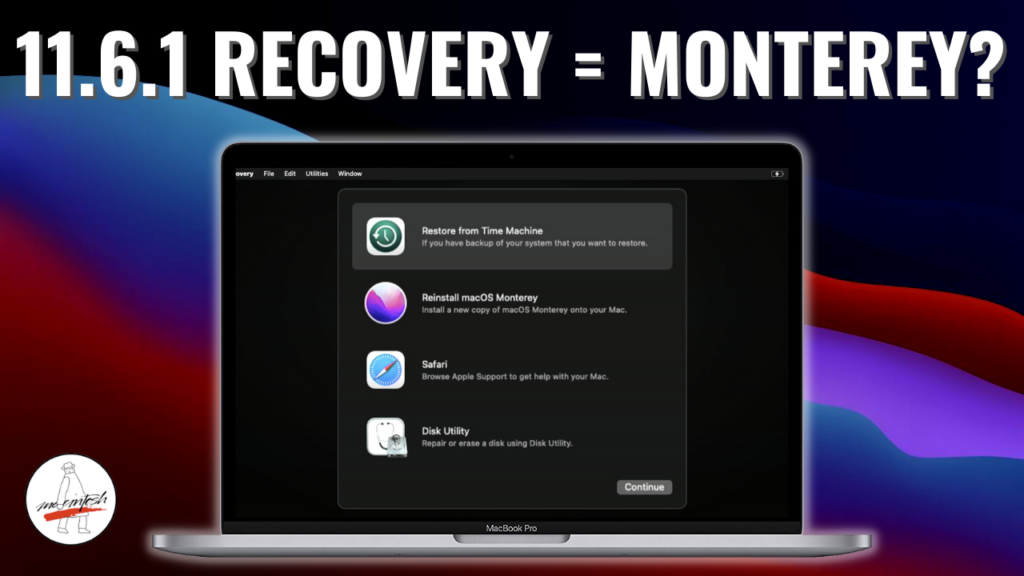

Then, this message will be replaced with the progress bar, wait until the progress bar fills or completes. Keep holding the keys you see a spinning globe and a message Stating Internet Recovery. Of course using a bootable installer is a totally different thing. Hold Command + Option + R and click Power button.

SHOW RECOVERY PARTITION MAC OS EL CAPITAN INSTALL
But I've never done any specific testing. But even if I did that, the upgrade to El Capitan is what broke my W10 partition in the first place, and I dont know if Im willing to downgrade and give up what El Cap offers on the OSX side of things, even though its broken my Windows install and ability to install outright. I maybe be wrong on this as I don't do a lot of break fix these days but every time I've run a nuke and pave on a newer machine I've had to have a Internet connection. Step 10: Launch the OS X 10.11 El Capitan installer. Step 8: Click Apply and click Partition to create your partition. At some point down the road the new machines, still coming with the recovery in firmware, seemed to "loose" the ability to do a non-Internet based recovery from a partition on the drive. Step 7: Ensure the Format is Mac OS Extended (Journaled). But since it's not in the firmware thats why replacing a HD requires a bootable installer.
SHOW RECOVERY PARTITION MAC OS EL CAPITAN FULL
If you upgraded a pre-10.7 machine with anything after it will create a recovery partition which has the full recovery utilities. In that sense the recovery partition beginning with 10.7 was like those with Dell or HP. This will reinstall the OS part of the system while keeping all your files. Making install media out of partial macOS installers (not a valid OS installer application) a. Answer (1 of 2): Unless your Mac is well and truly bricked, you should be able to do a clean reinstallation of High Sierra through recovery mode. Beginning with 10.7 they shipped with firmware that would go out to Apple to download the OS image if there was not a recovery partition on the drive. Making install media with El Capitan (with access only to Recovery) Manually installing. Machines shipped prior to 10.7 only had recovery CD's. This is how it's progressed over time with Apple as best I can remember.


 0 kommentar(er)
0 kommentar(er)
